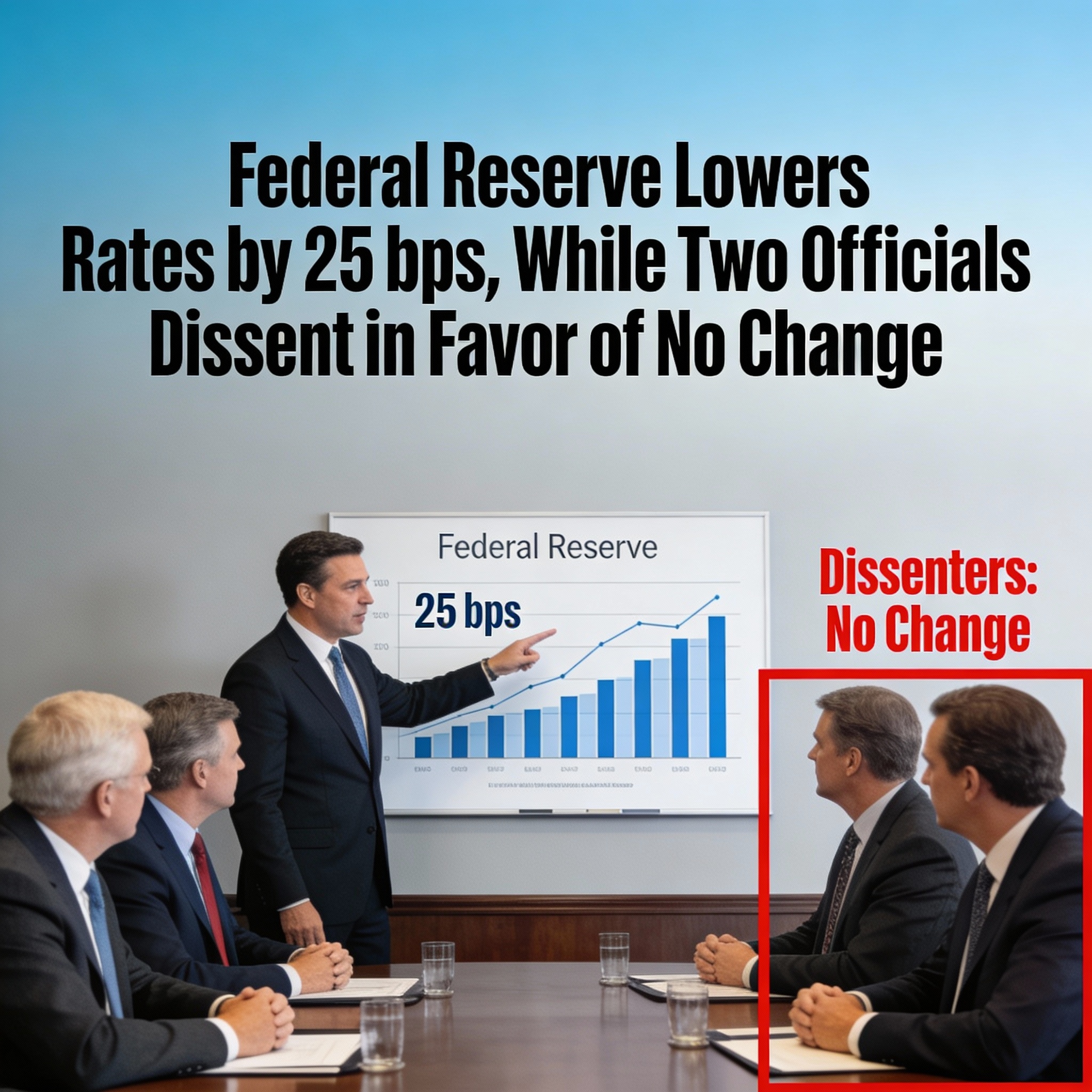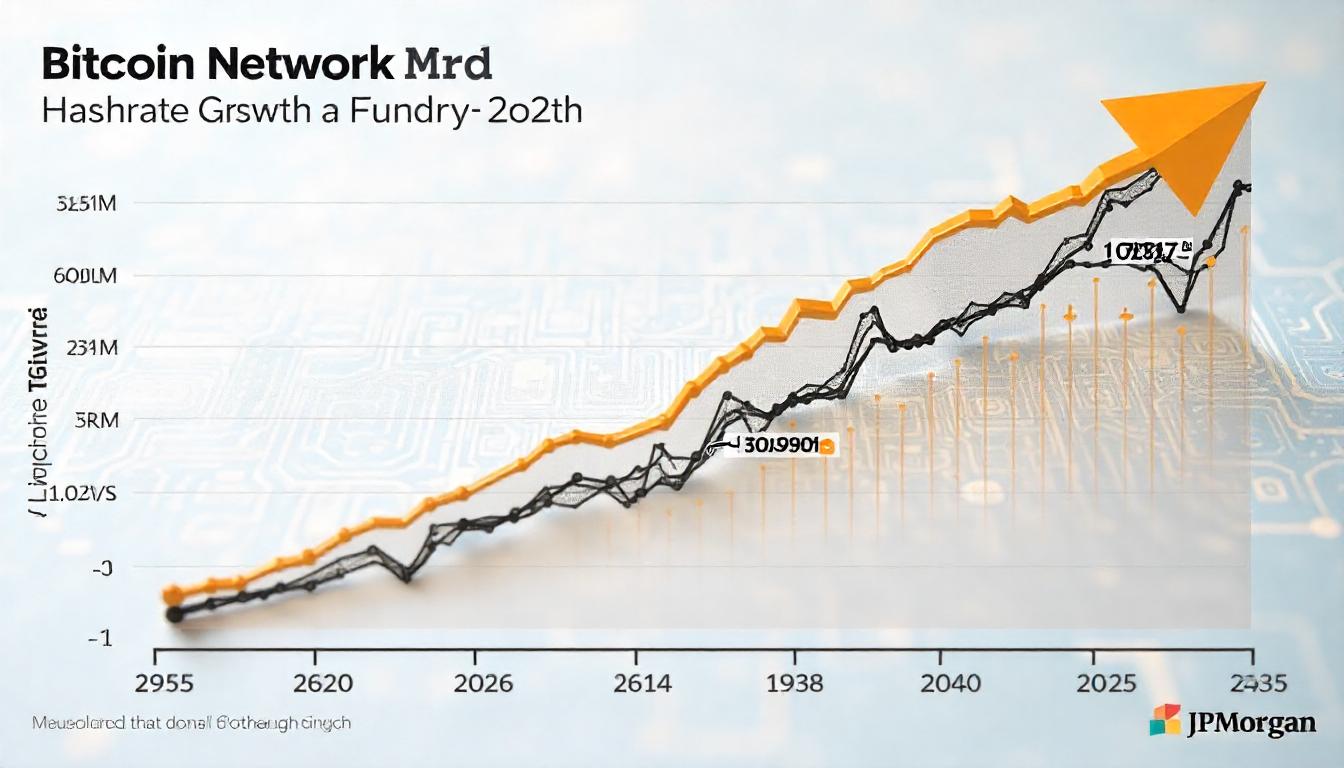Some experts suggest that buying the dip following a large liquidation event and increased demand for stablecoins could drive growth in Bitcoin and the wider cryptocurrency market. However, market sentiment has been shaken recently due to President Donald Trump’s decision to impose tariffs, leading to a significant drop in Bitcoin (BTC) and other major cryptocurrencies over the past 24 hours.
Traders remain hopeful that Monday’s sharp decline might represent a buying opportunity. They point to potential growth in dollar-backed stablecoins, which could help stabilize the market.
Peter Chung, head of Presto Research, shared his thoughts with CoinDesk via Telegram, explaining that stablecoins could be key in the current economic climate. He referred to recent comments by Treasury Secretary Scott Bessent, who noted that Trump prefers using tariffs as a diplomatic tool rather than sanctions, as tariffs avoid pushing countries away from the dollar. This could result in Trump prioritizing the Stablecoin Bill in Congress, reinforcing the dollar’s global dominance and functionality.
Vincent Liu, Chief Investment Officer at Kronos Research, echoed this sentiment. He highlighted that the ongoing tariff disputes and currency volatility—evidenced by the Canadian dollar’s decline against the USD—could accelerate the adoption of stablecoins pegged to major fiat currencies. Stablecoins can provide a hedge against economic uncertainty, facilitate global transactions, eliminate foreign exchange conversion barriers, and act as a gateway to crypto markets. As stablecoin adoption grows, it could improve liquidity, attract institutional capital, and foster regulatory clarity, positioning stablecoins as a crucial part of the crypto economy and fueling long-term growth.
Additionally, a $2.2 billion liquidation event in crypto futures since Sunday may provide short-term relief for the market. High liquidation volumes often signal an oversold market, which could indicate the end of a price correction and present a favorable buying opportunity after a sharp drop.
Liquidation-heavy price-chart areas can act as support or resistance levels, where the price may reverse due to the lack of further selling pressure from liquidated positions. However, if the market continues to decline, short-sellers may see this as confirmation, potentially increasing their positions. On the other hand, contrarian traders might view the heavy liquidation as an opportunity to buy, anticipating a price recovery once the sell-off momentum subsides.
What Happened?
Trump’s decision to impose tariffs sparked concerns in the market. Over the weekend, he introduced a 25% tariff on goods from Canada and Mexico and a 10% tariff on imports from China. This move appears to have triggered a trade conflict, with Canada retaliating with a 25% tariff on $106 billion worth of U.S. goods, and Mexico expected to follow suit.
The market saw a mix of reactions: Two-year Treasury yields rose, while 10-year yields fell, signaling concerns about short-term inflation. Asian markets took a hit on Monday, gold prices dropped, oil prices climbed, and the cryptocurrency market suffered significant losses.
Trump has also hinted at imposing tariffs on goods from the European Union, which could come “pretty soon,” according to the BBC. The EU has warned that it will respond firmly if these tariffs are implemented, which could lead to retaliatory measures.
The primary goal of tariffs is to make imports more expensive, thus encouraging domestic production and reducing reliance on foreign goods. While this can benefit the U.S., it also increases the cost of goods imported from other countries, negatively affecting their economies by reducing demand for their products. Tariff impositions can spark retaliatory actions from other nations, creating a cycle of escalating trade barriers.
Tariffs disrupt globalized supply chains, which can lead to shortages or price hikes in other areas, potentially escalating protectionist policies and further impacting financial markets.
Currently, the crypto market is lacking fresh catalysts and appears to be in a stagnation period, unless a strong, isolated event sparks a significant price move for Bitcoin.
“Market sentiment has soured, with little optimism for a rebound, except for a potential Bitcoin Strategic Reserve and more regulatory support from the government,” said Nick Ruck, Director at LVRG Research, in a message to CoinDesk. “Despite the differing conditions, the tariffs from Trump’s previous administration serve as a reminder that such announcements often only create short-term shocks to crypto prices, while the overall bullish trend remained intact,” he added.





